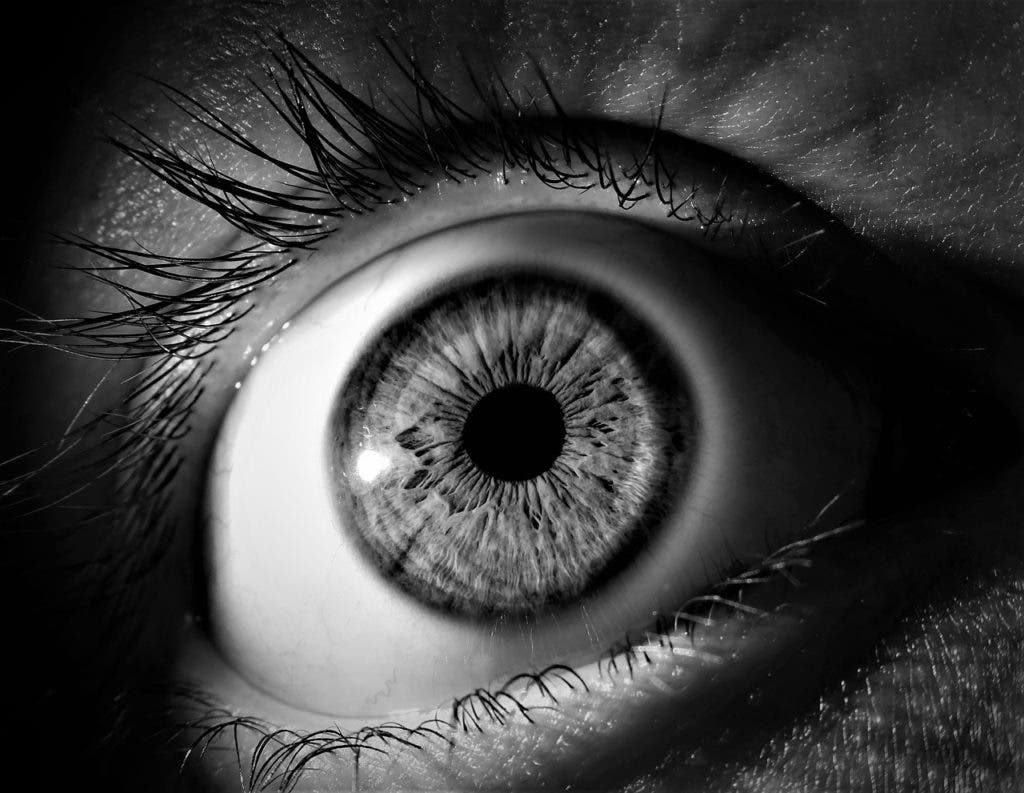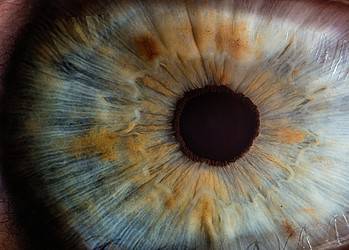The circadian rhythm — our biological internal clock that regulates the sleep-wake cycle and resets every 24 hours — plays a major role in health. How exactly our bodies are able to synchronize with day-night cycles has been a matter of debate. Now, a new study discovered that human eyes have three types of specialized cells that sense light with important applications in preventing circadian rhythm disruptions.

Researchers at the Salk Institute developed a new method that can keep retina samples healthy and functional well after a donor passed away. Such samples were placed on an electrode grid that allowed the researchers to study how the retina reacted to light.
Several colors of light were tested, which showed that a small group of cells in the retina — known as intrinsically photosensitive retinal ganglion cells (ipRGCs) — started firing about 30 seconds after they interacted with a pulse of light. After the light was turned off, the cells took several seconds to stop firing.
The cells were the most sensitive to blue light, which is the type of light used in LCD screens employed by most smartphones and laptops. Blue light also inhibits the production of melatonin, keeping us awake and messing with our natural sleep cycles.
Follow-up experiments revealed that there are, in fact, three types of ipRGCs.
- Type 1 responds to light relatively quickly but takes a long time to turn off;
- Type 2 took longer to turn on and also was long to turn off;
- Type 3 cells responded only when the light was very bright, but turned on faster than type 1 and 2, and switched off as soon as the light source was gone.
These cells may explain some very peculiar findings reported by other studies. For instance, blind people are able to align their sleep-wake cycles and circadian rhythms to the day-night cycle despite not being able to see. The new study may explain how they were able to sense light despite their visual impairment.
“We have become mostly an indoor species, and we are removed from the natural cycle of daylight during the day and near-complete darkness at night,” said Satchidananda Panda, senior author of the study and a professor at the Salk Institute.
“Understanding how ipRGCs respond to the quality, quantity, duration, and sequence of light will help us design better lighting for neonatal ICUs, ICUs, childcare centers, schools, factories, offices, hospitals, retirement homes and even the space station,” he added.
Although ipRGCs are responsible for sending light signals to the brain, they also work closely with rods and cones. The researchers believe that the ipRGCs may combine their light sensitivity with the light detected by purely visual cells to enhance brightness and add contrast.
“This adds another dimension to designing better televisions, computer monitors and smartphone screens in which changing the proportion of blue light can trick the brain into seeing an image as bright or dim,” says Panda.
In the future, the researchers plan on conducting more experiments on ipRGCs under different conditions of light color, intensity, and duration. The authors are also interested in how the cells will react to sequences of light (blue that turns into orange or vice-versa, for instance).
By understanding how each specialized light cells function in the eye, the researchers claim that is possible to access an entirely new spectrum of applications. For example, the insights could be used to design indoor lights that offer better day-night synchronization or which — why not — improve our moods.
“It’s also going to open a number of avenues to try new drugs or work on particular diseases that are specific to humans,” says Ludovic Mure, a postdoctoral researcher in the Panda lab and first author of the new study.
The findings were reported in the journal Science.






